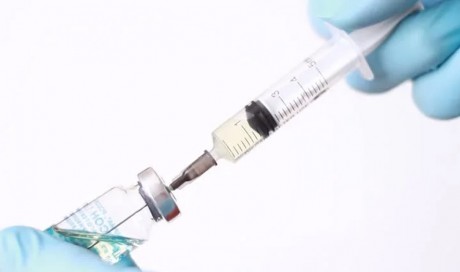Hair growth after damage
Research has shown that human hair follicles that produce gray or white hair have higher levels of cellular damage caused by free radicals. In these follicles, melanocytes and melanocyte stem cells are absent.
In mice, when the DNA of melanocyte stem cells in the hair follicle were damaged, it resulted in permanent cell damage. These stem cells were then unable to reproduce.
Without the pool of stem cells, the next round of hair growth proceeds without melanocytes, resulting in gray hair.
Although it has not yet been possible to fully establish cause and effect during hair graying in humans, the accumulation of damage in melanocyte stem cells over time most likely leads to a loss of this cell population. Each hair follicle will eventually be unable to produce colored hair.
So, while it is inevitable that we will all lose our hair pigment one day, why do some of us go gray in our 20s, while some of us hold on to our colorful locks until our 50s? Research from 2016 showed that individuals with a certain variant of the gene interferon regulatory factor 4 are prone to earlier graying.
As with many of our other traits, we can thank our parents for passing their propensity for graying along to us.
Share This Post














